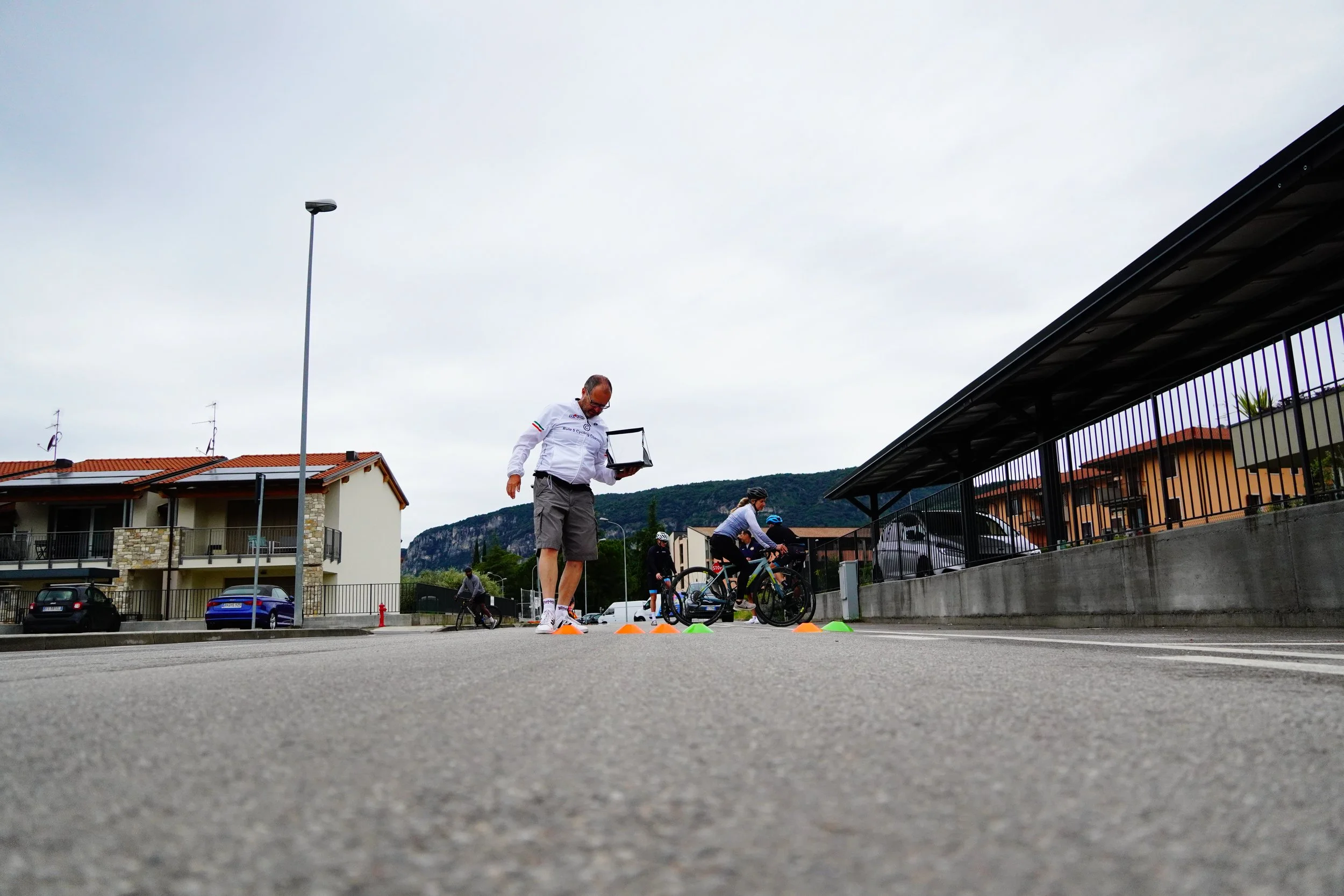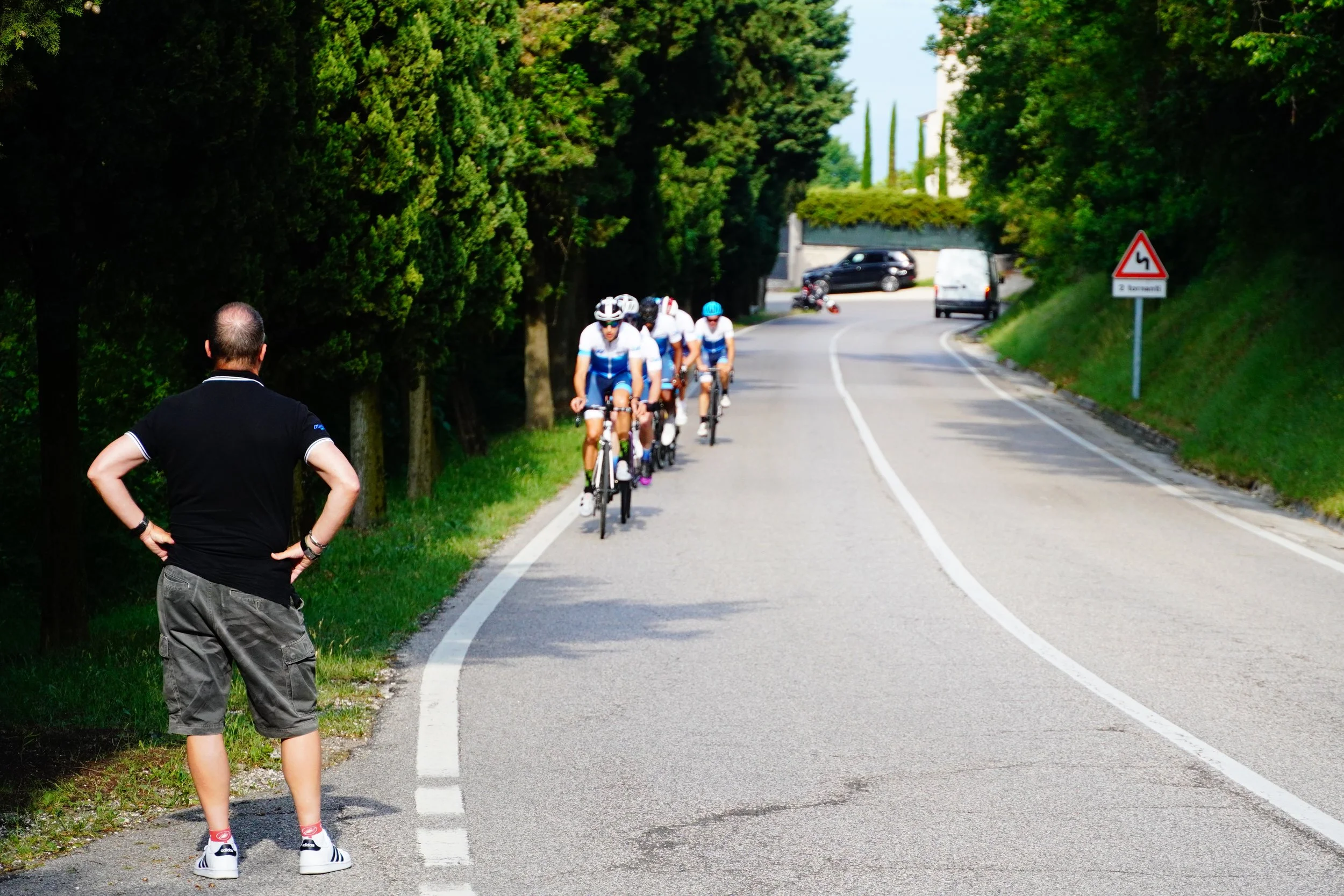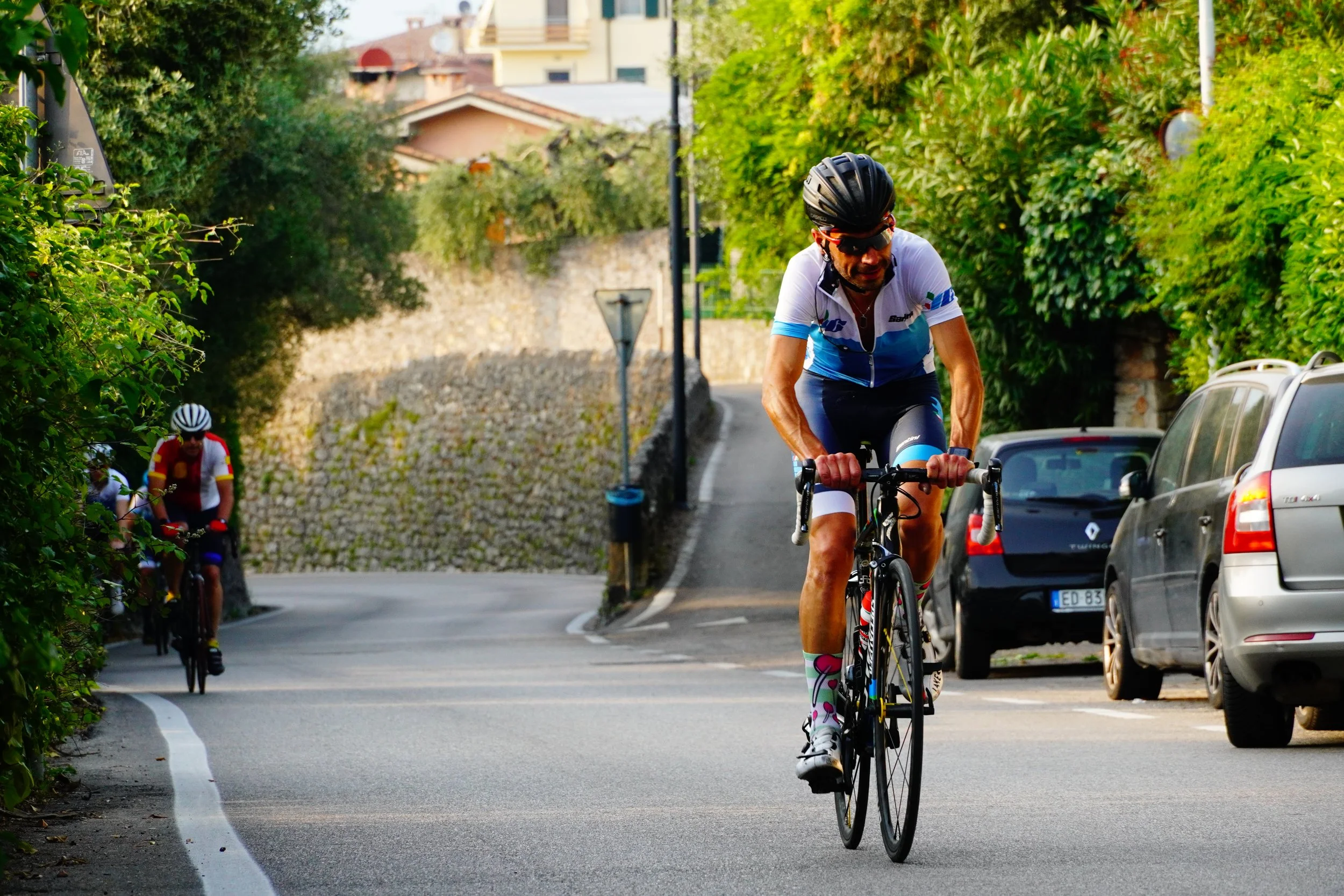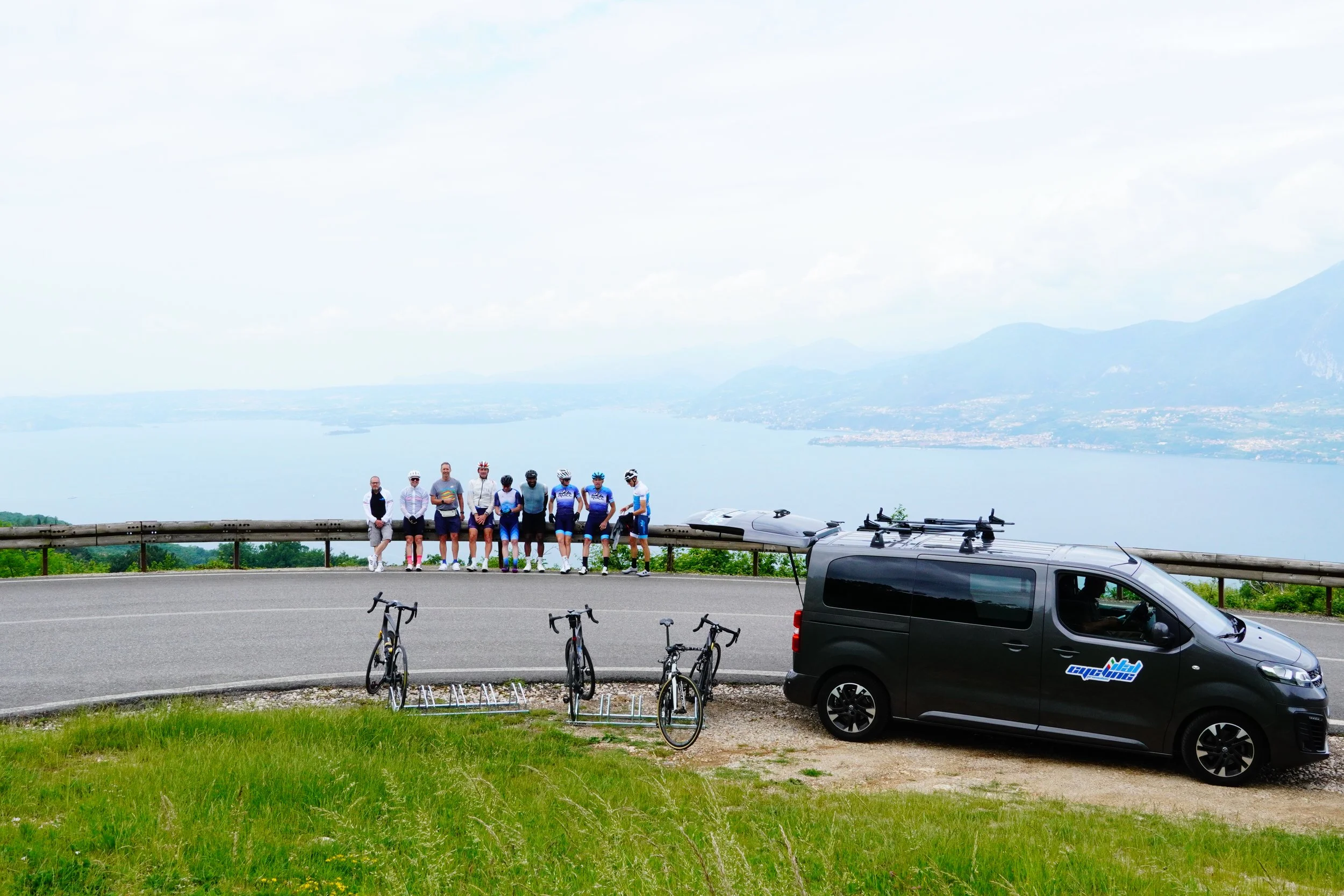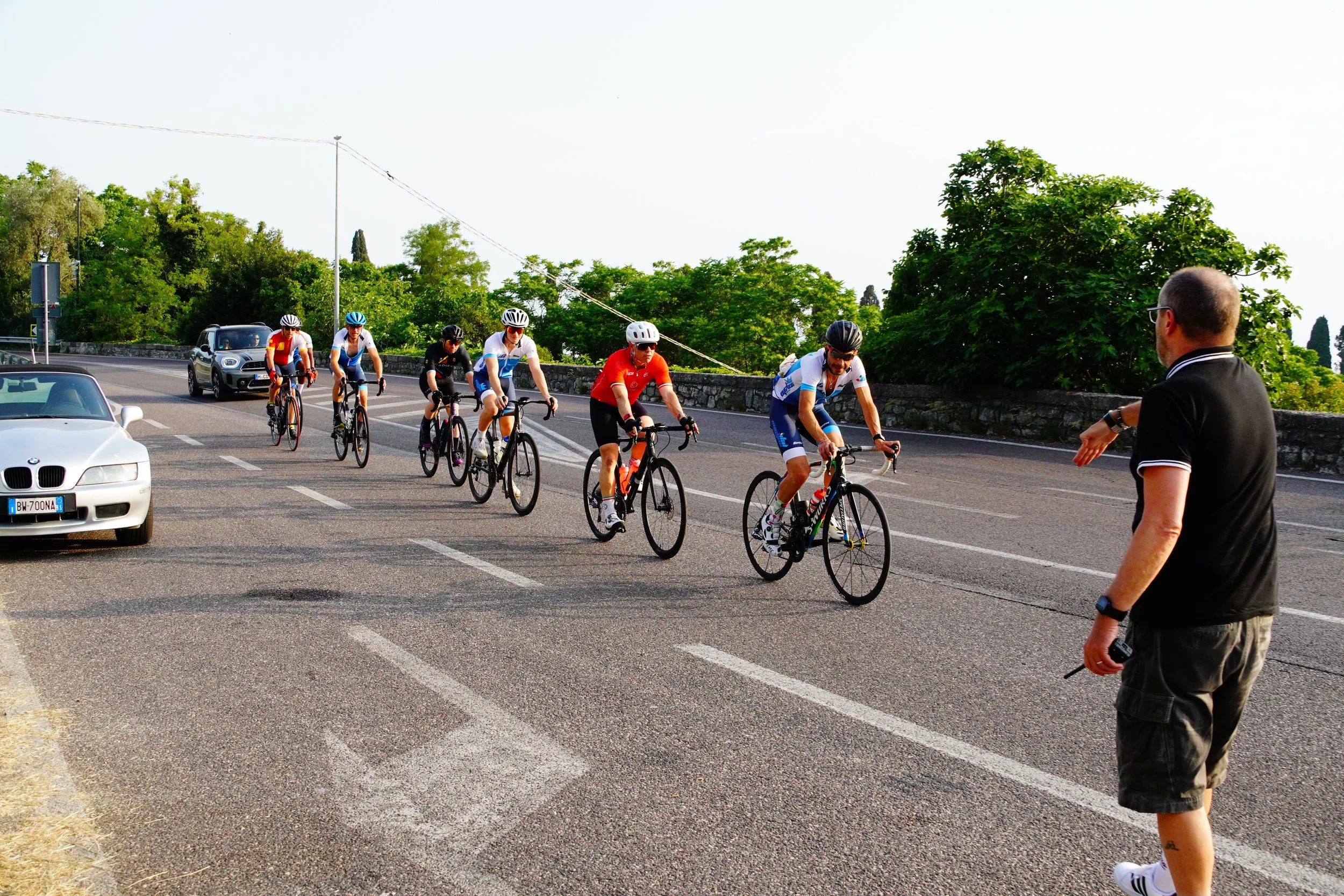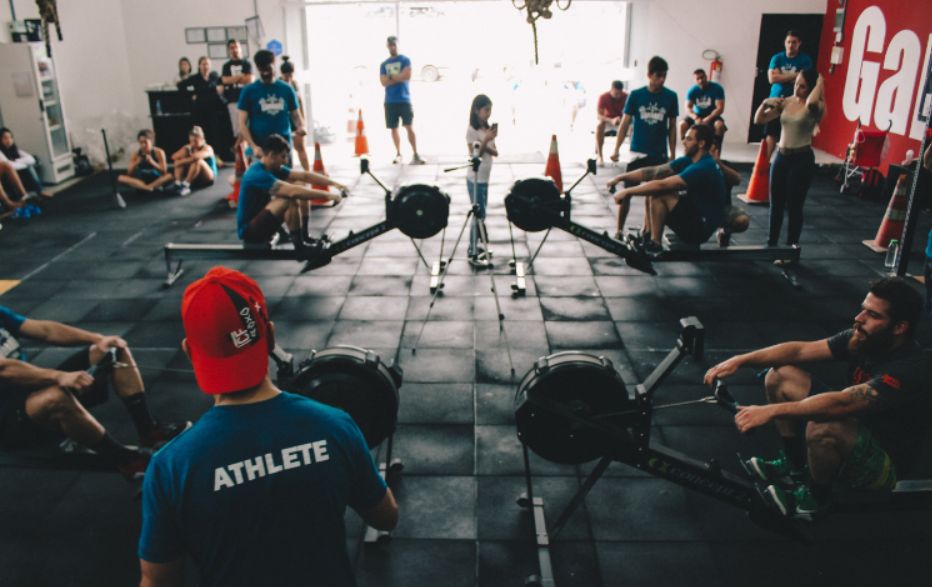Hydration
With only a 2% drop in body weight due to sweating resulting in a measurably lower capacity for muscular work, keeping well hydrated is essential for optimal performance. As the mercury rises, you’ll sweat more and the amount of liquid that kept you going on long winter rides will no longer suffice. Find out everything you need to know about hydration on the bike, including how to monitor your hydration levels, how to work out how much you should be drinking, the dangers of over drinking and the difference between isotonic, hypotonic and isotonic fluids.
You can also freeze your second bottle so that, by the time you come to drink it, it has thawed but will still be cool. Don’t fill fully before freezing though as the contents will expand, so only fill three-quarters.
Pacing
Be aware that you will probably need to re-evaluate your pacing strategies if faced with unusually hot conditions. Ride to the lower ends of your normal training zones and, on long rides, pace ultra-conservatively early on until you’ve got an idea how your body is reacting to the heat. This especially applies to long climbs where your lower speeds mean you won’t benefit from the cooling effect of a headwind.
Acclimatisation
If you know you have got an event coming up abroad where the conditions will be hot or humid, you might want to consider adopting some form of acclimatisation protocol. The ideal is to head out 7-14 days before the event but, unless you are a professional athlete or have a very understanding boss and family, this is unlikely. You can however derive acclimatisation benefits by training indoors at home, such as a turbo in the bathroom, and mimicking the conditions you’re likely to encounter. Begin this process 7-14 days out from your event and, for the first 3-5 days, just train gently and for relatively short periods in the warm conditions and save longer and harder efforts for outdoors. Throughout the acclimatisation process, closely monitor your hydration levels and ensure fluid and electrolyte intake are optimal. After 5 days, aim to be riding for at least an hour in the heat and, if your recovery is good and you’re maintaining hydration levels, consider two workouts per day. Try to schedule so that you arrive in the location of your event three days beforehand but, if this is impossible, continue your home acclimatisation until the day before you travel.
Riding Time
For general riding and training, especially if you’ve got some higher end efforts planned, look to ride either early in the morning or late in the evening when temperatures will be lower. Seek out routes that offer shade, especially on climbs but ensure you are wearing clothing that is visible to other road users. If possible, when training abroad or during unusually hot spells, avoid riding during the middle of the day when the sun is at its most intense.
Clothing
Look for jerseys and shorts with technical fabrics that will wick sweat away as the process of evaporation will keep you cooler. Mesh back panels on jerseys can also increase the cooling effect as can a string or mesh vest worn underneath. Look for full length zips for long climbs but make sure you zip back up for the descent and once back on the flat or you’ll be wasting valuable watts. Hot feet can be especially uncomfortable so ensure your shoes are well ventilated and you have quality wicking socks. Choose a helmet with as many vents as possible and, although you may pay a small aerodynamic penalty for this, it’ll easily be outweighed by the time gained from not overheating. Finally, in the mountains, although you might have been uncomfortably hot on the valley roads and climbs, if you’ve been sweating heavily, it’s very easy to become chilled on long descents. Always carry a windproof gilet to prevent this happening.
Fuelling
In hot conditions, it’s not unusual to have to adapt your fuelling strategy. Although the basic rules of how much food you need still apply, certain common cycling food items, such as chocolate, just don’t work in the heat. Also many riders suffer from a reduced appetite so it’s important that the food you choose to carry inspires you to eat. It’s worth experimenting with more savoury items as you’ll often find that you crave these.
Sun Block
Although crisp tan lines are seen as a badge of honour among cyclists, the dangers of over exposure to the sun, including increased risk of skin cancer, are now well known and should be avoided. Use a quality sweat and water resistant sunblock with an SPF of at least 30 and pay particular attention to the back of your neck which is especially exposed on the bike. Look for sunblock with lasting protection and be sure to follow the instructions as some require you to apply them up to 90 minutes before going out into the sun. With heavy sweating though, even the best sunblock won’t protect you over the course of a long day in the saddle. Carry a small spray bottle in your jersey pockets or saddlebag and re-apply every hour or so.
Insects
Flying insects can easily be sucked into the vents of your helmet, hit you in the eye and sting you. Many helmets have insect mesh over the vents and you should always wear glasses when riding to protect your eyes from insects, road debris and to prevent streaming on long descents. Carrying some non-drowsy anti-histamine tablets or some topical cream can significantly reduce the impact of an insect sting or bite. If you know you are allergic to insect stings, make sure that you are carrying the appropriate medicine, you have the necessary personal medical information on you and that you have informed your riding partners.
Air Quality
In urban areas hot weather can lead to a significant reduction in air quality and, in poor conditions, riding should be avoided. Most weather forecasts now also carry air quality and pollution level warnings. Riders with asthma and other respiratory conditions need to be especially vigilant and should always carry their inhalers or other medicines. In rural areas, high pollen counts can be an issue for riders who suffer from hay fever and again, weather forecasts should be consulted and, if necessary, riding plans altered and appropriate medical steps taken.
Post Ride
Along with following your normal post ride routine to optimise recovery, if you’ve been riding in the heat, bringing your body temperature back down to normal levels should also be a priority. Get inside and into the cool as soon as possible, don’t be tempted to sit out in the sun and consider blending some ice into your recovery drink. A cool shower or bath will also help and, once clean and dry, you should aim to relax inside or in the shade until you feel as though your body temperature has returned to normal.
Heat Exhaustion and Heat Stroke
If you follow all of the advice above, heat exhaustion and the far more serious heat stroke shouldn’t be an issue but, with gruelling events often pushing riders close to their limits, it’s important to be aware of the symptoms and treatments.
Heat exhaustion results from a decrease in blood pressure and blood volume. This is due to the loss of fluids and electrolytes when exposed to the heat for a prolonged period of time.
As well as general fatigue, symptoms include, feeling sick, faint and heavy sweating. The skin will be flushed and hot to the touch, heart rate elevated and the rider may also complain of feeling dizzy and appear confused.
Any rider displaying these symptoms should stop cycling immediately and find somewhere cool out of the sun. They should be given fluids to sip, ideally water or a sports drink, and may be cooled with a wet flannel or light spraying with cool but not cold water. They should recover within 30 minutes but, if they are still displaying symptoms after this time, contact the emergency services.
If the symptoms of heat exhaustion are ignored and the rider continues to push themselves, exertional heat stroke, where the body temperature rises to dangerous levels, can occur.
Heavy sweating will suddenly stop, the riders skin will feel cold and clammy and they may complain of feeling cold despite the heat. Heart rate and breathing will be significantly increased and they may also be suffering from muscle cramps. They may vomit, complain of having a headache and be confused and disorientated. In severe cases, fitting and a loss of consciousness may occur.
The priorities are to get the rider out of the sun and to contact the emergency services. While waiting for them to arrive, if conscious, the rider should be given fluids to sip and can also be cooled with a damp flannel or spraying. Avoid complete immersion in cool water and do not give any form of medication. If fitting, remove nearby objects and do your best to avoid them hurting themselves. If unconscious, place them into the recovery position.

